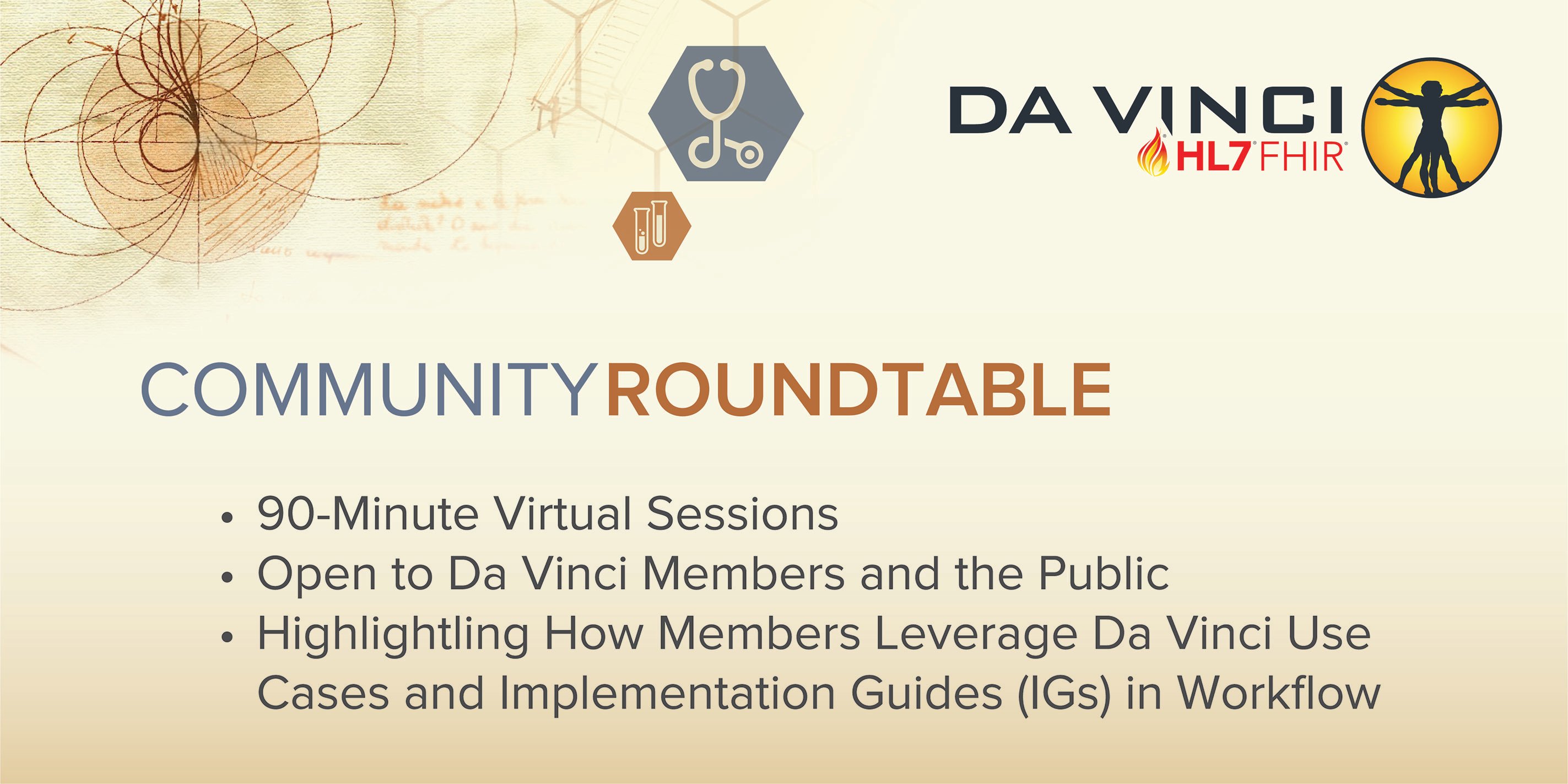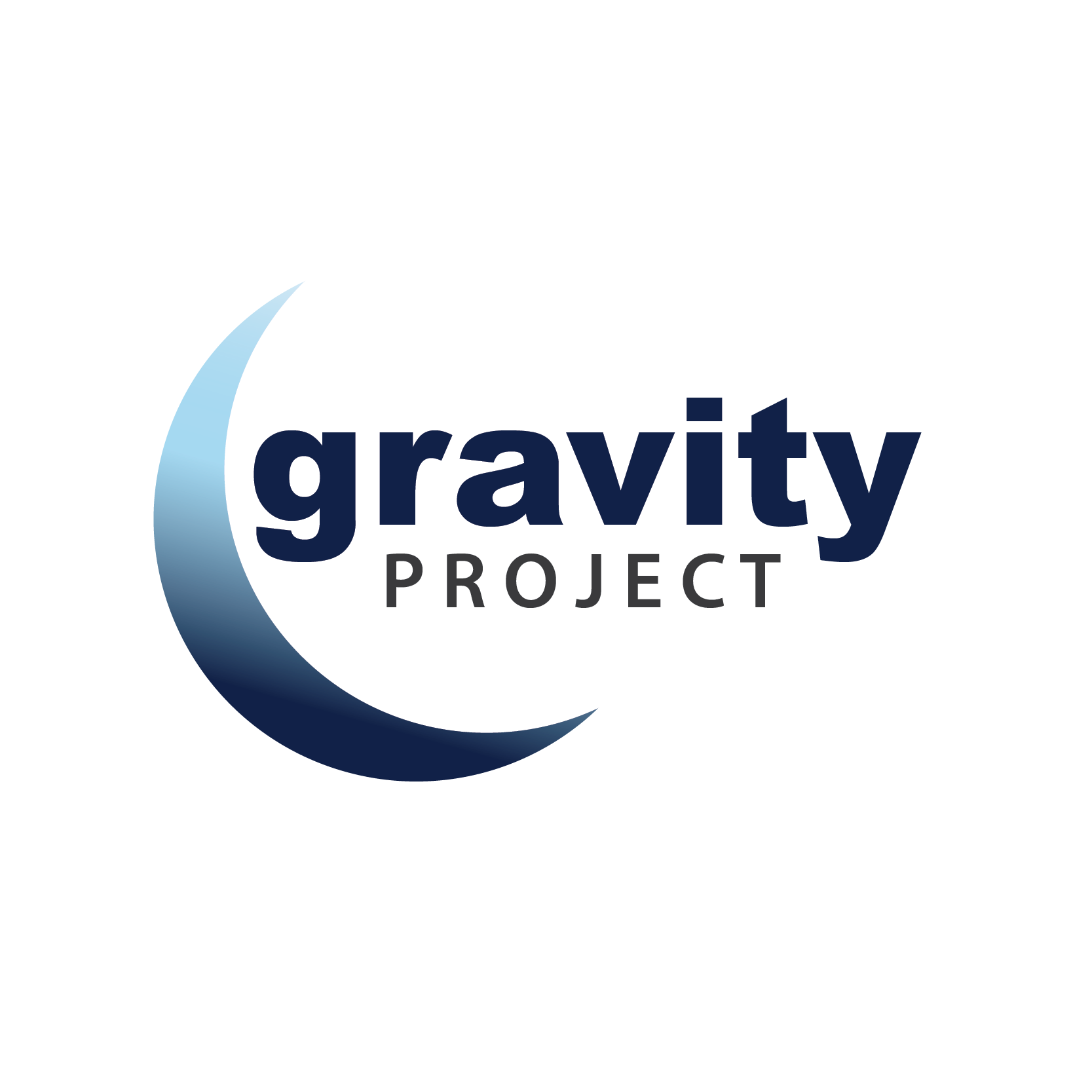May Community Roundtable Will Feature Case Study on How Standardized Information Sharing Between Providers, Payers Improves Patient Care
In this month’s Community Roundtable, the HL7 Da Vinci Project will offer timely insights on achieving bidirectional clinical data exchange between payers and providers using Da Vinci’s PDex (Patient Data Exchange) and CDex (Clinical Data Exchange) implementation guides.
The virtual roundtable, titled “Improving Patient Outcomes Using FHIR: How providers are exchanging clinical data with payers to deliver better quality of care,” will be held 4-5:30 p.m. EDT on Wednesday, May 24.
This free online event will feature an implementation story from Florida Blue, healow Insights and Humana that describes how standardized information sharing improves patient care. The session will include a demonstration of clinical data exchange capabilities, such as point of care alerts and up-to-date patient histories, underscoring the value of using HL7 FHIR® (Fast Healthcare Interoperability Resources) standards to optimize electronic medical record integration to assist in achieving value-based care outcomes.



.png)

